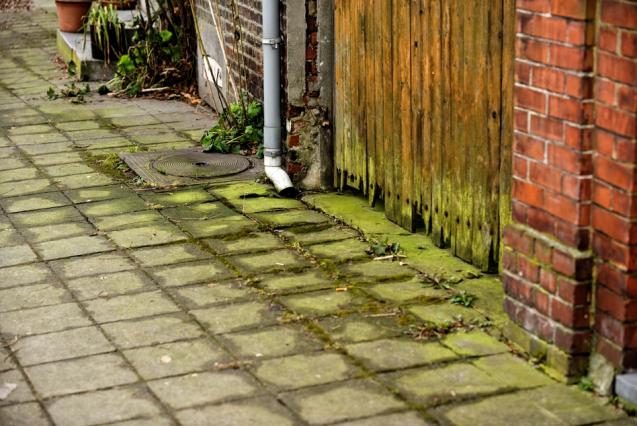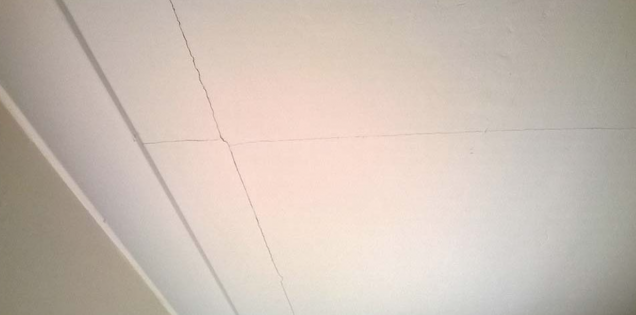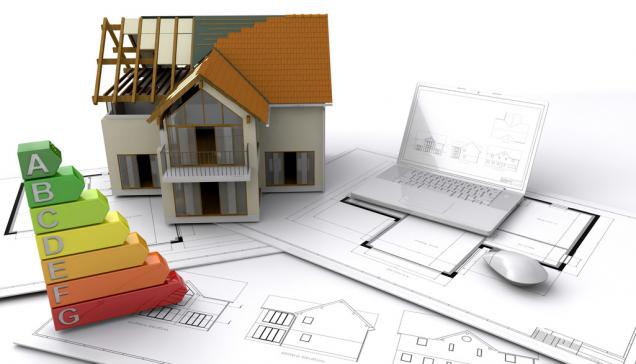
Renovations and Building Regulations: What You Should Know
You've found the perfect home and are ready to make an offer, when you learn about previous renovations which were completed without a permit. While this scenario is a troubling one for many prospective buyers, it's actually a better alternative to discovering the questionable legality of building extensions after a purchase has been completed.
Without the proper paperwork to certify the existence of building permits and documentation from licensed building professionals, you could be liable for the costs of tearing down illegal structures. You may also be held liable for any injuries caused to visitors on your property, even if the work was carried out before you assumed ownership of the home. Your local council may require approval before something as simple as the removal of trees, which makes purchasing a home with illegal additions a sticky situation, indeed.
Why Do I Need a Permit?
The Building Code of Australia requires home renovations to adhere to certain guidelines to ensure the health, safety and structural soundness of a new structure. This includes new additions and renovations to existing structures.
While many homeowners are under the misapprehension that their builders will automatically secure all required permits, the responsibility to do so ultimately lies with the homeowner alone. An illegal addition can not only lead to trouble for the seller of a home; you'll likely inherit the legal issues when you assume ownership of the home with unapproved renovations intact. For new homeowners, this could mean you're responsible for having the work redone at your own expense. In extreme cases, you may even be forced to remove additions altogether. You may also find yourself in court if you're found liable for damages or injuries as a result of the illegal building addition.
Spotting Additions Which Don't Meet Building Regulations
Prospective buyers who don't happen to be experts in the building trades may not be able to spot the signs of an illegal addition themselves. Unless you ask for the relevant permits and the sellers fail to produce them, you could very easily purchase a home which has additions against building regulations without discovering your mistake until a problem arises. There are, however, some signs of illegal building which are easily spotted by a building inspector.
The removal of load-bearing walls during an undocumented and unapproved renovation can lead to sagging roofs and ceilings. Shaking or swaying in an elevated deck or timber balcony can indicate an unapproved addition, as can obvious additions which are not a match to the rest of the home's exterior. Lack of ventilation in some areas of the home, rooms in unsupported attic spaces and illegal wiring are also reliable signs a building addition may not be approved or documented.
Houspect Building Inspections - Buy, Build, Invest and Sell with Confidence



